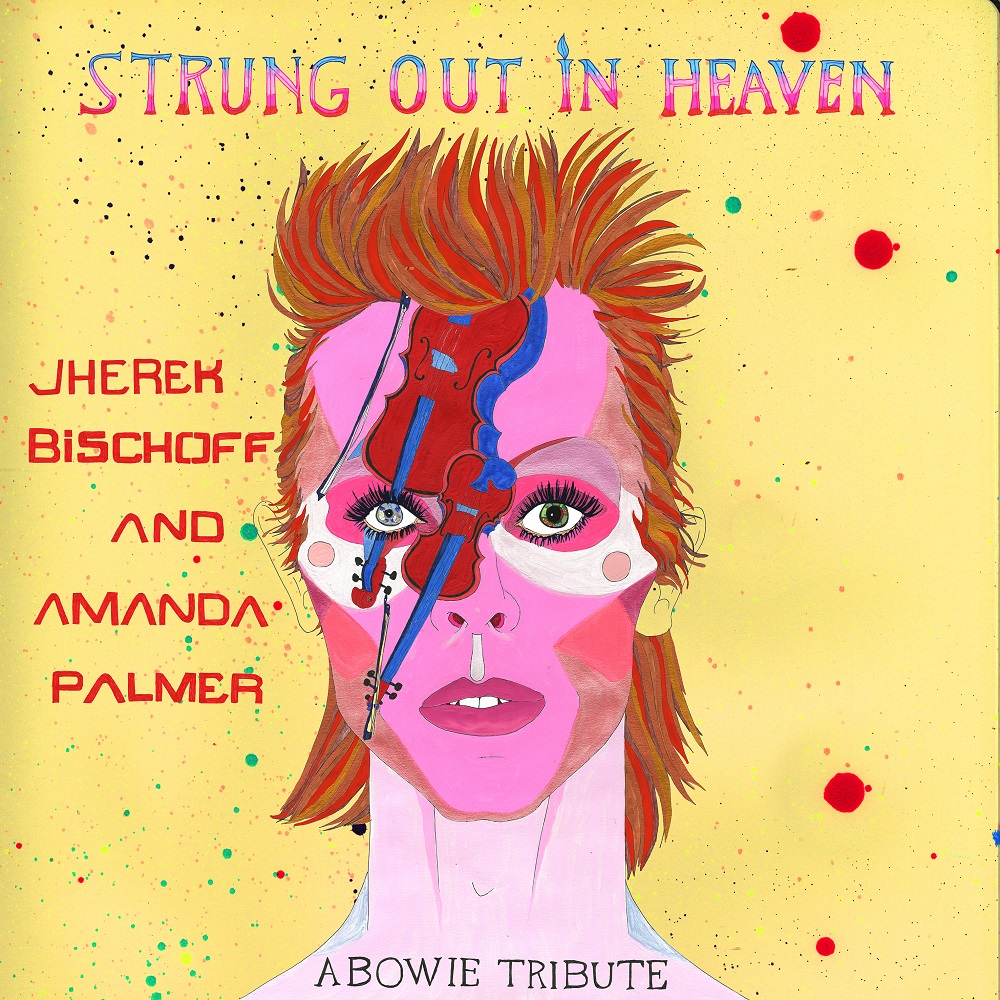Quentin Tarantino has always had a way of getting on the wrong side of various groups. Most recently he angered the guitar-heads of the world when, to their shock and dismay, it came out that, under the auteur’s watch on the set of his latest picture, the post-Civil War intensified Western The Hateful Eight, a priceless 145-year-old six-string met its brutal end. “In the scene in question,” writes Vanity Fair’s Rachel Handler, Kurt Russell, “as bounty hunter John ‘The Hangman’ Ruth, snatches the guitar from the hands of Jennifer Jason Leigh’s Daisy Domergue and hurls it against the wall, as one does.” That guitar — “an invaluable historical artifact,” Handler explains — came on loan from Pennsylvania’s Martin Guitar Museum (and its likely irked director Dick Boak).
Even if you don’t play the guitar yourself, you’ve probably heard of the Martin brand name. Established in 1833 in New York as the cabinet-making C.F. Martin & Company, they went on to introduce some of the innovations that have come to define the acoustic guitar as we know it today, from X‑bracing in the 1850s to metal strings, replacing traditional catgut, in the early 1900s. The ill-fated specimen lost to the hands of Kurt Russell — who, according to the production’s official story, never got the memo about cutting and swapping out a replica before the smash — which the Martin Guitar Museum originally acquired (and insured) for about $40,000, came out of the Martin workshop in the 1870s.
Naturally, the farther back you go in guitar-making history, the fewer guitars made at the time still exist. You can still go out and buy a serviceable guitar from the end of the 19th century without completely wiping out your savings, but you’d be hard pressed to find a Martin made a few decades earlier — such as the one smashed in The Hateful Eight — at any price at all; less than ten may exist anywhere. But Martin’s solid standard of craftsmanship ensured that their instrument would hold up over the 140 or so years until a filmmaker wanted to use it as a prop in his period piece, where it still, aesthetically as well as sonically, fit right in. Still, no guitar could hold up against the viciousness of a character like The Hangman as envisioned by Tarantino — nor against the dedication of a director like Tarantino who, always in search of a perfectly visceral moment, simply can’t bear to cut.
Well, at least he wasn’t using the last playable Stradivarius guitar in the world. The Martin Museum retained the presence of mind to ask for their guitar’s pieces back, and though they couldn’t put the historical instrument back together again, maybe they’ll find a place to display the fragments themselves. That way, both guitar-heads and cinephiles could pay their respects.
Related Content:
Musician Plays the Last Stradivarius Guitar in the World, the “Sabionari” Made in 1679
Dave Grohl Shows How He Plays the Guitar As If It Were a Drum Kit
How Fender Guitars Are Made, Then (1959) and Nowadays (2012)
The Story of the Guitar: The Complete Three-Part Documentary
Guitar Stories: Mark Knopfler on the Six Guitars That Shaped His Career
Brian May’s Homemade Guitar, Made From Old Tables, Bike and Motorcycle Parts & More
Based in Seoul, Colin Marshall writes and broadcasts on cities and culture. He’s at work on a book about Los Angeles, A Los Angeles Primer, the video series The City in Cinema, the crowdfunded journalism project Where Is the City of the Future?, and the Los Angeles Review of Books’ Korea Blog. Follow him on Twitter at @colinmarshall or on Facebook.



